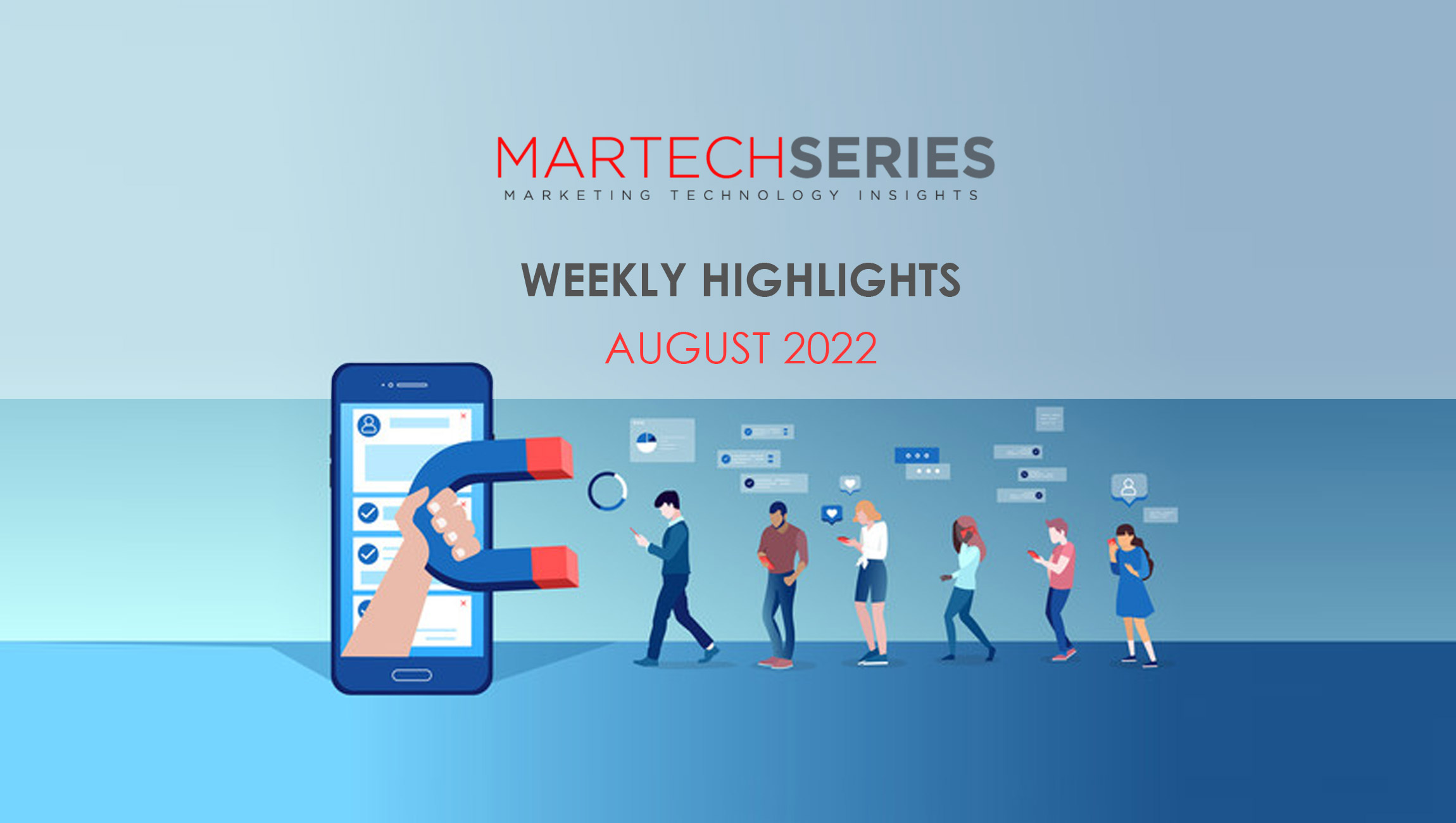The pandemic accelerated many changes in consumer behavior, and many of these transformations will last forever. That also means that much of what was considered innovative pre-pandemic is no longer enough to take organizations to the next level when it comes to customer experience (CX). In this scenario, as in every significant movement fostered by technological innovation, some companies are at the forefront; others move at a constant but slower pace, while a third group observes the behavior of the market before acting. In addition to these varying approaches, a common issue is that understanding how to obtain the return on investment from technologies that can improve CX is still somewhat hazy in many organizations.
Learning from the best practices of those at the forefront of CX can be crucial in the evolution of a strategy. A new report from SAS, conducted by MIT SME Connections, “Delivering Experiences That Win Business and Build Loyalty: CX Champions Share Their Strategies” sheds light on the key drivers of CX Champions. The report, which surveyed more than 2,600 business leaders worldwide about their CX strategies, provides a comprehensive snapshot of how these organizations, with their unique blend of governance, strategy and technology expertise, are approaching superior CX.
Marketing Technology News: Thirdverse Hires Former DeNA CEO to Lead Web3 Strategy
The report illustrates the learnings of some of those who started on the journey early. One of them is CVS Health, which already processes millions of pieces of data that measure customer feedback but encountered challenges in customer onboarding in certain areas. By taking a deep dive into the data from a particular business within the group, the company developed ways to help customers get past their initial hesitation around products, therefore boosting satisfaction and business.
An interesting data point from the study is that companies with superior CX will remain rare, representing only 15% of organizations investing in this space. The data in the study also shows that, although the proportion of companies that can be considered leaders is still a minority, a significant opportunity exists for firms that want to advance their approaches in CX.
So, what are CX leaders doing that any brand could replicate? Adopting a holistic approach to customer centricity is a good starting point: according to the report, most of the CX champions use analytics to manage every aspect of CX, from the discovery process around products and services through to post-purchase engagement. Moreover, most organizations leading in CX use analytics to manage the research and discovery angles of a customer journey, something that only 16% of followers and 18% of laggards do.
Marketing Technology News: MarTech Interview With Lynne Capozzi, CMO at Acquia
Among the many insights presented in this report, one of the most significant is that data-backed customer experience is a non-negotiable area of focus for organizations operating in the digital economy. However, responding to such imperatives requires a construction process and a mindset shift, where CX pushes the boundaries of marketing and technology and becomes a crucial pillar of business strategy. This evolution also needs to be reflected in the leadership of companies aiming to take their customer-driven plans to the next level. Companies that adapt best to developments around CX often have a strong champion and advocate; however, having a single executive in charge of the customer experience function remains uncommon. According to the report, CX still doesn’t have a seat on the table in 40% of organizations overall.
The report also contains some words of caution around common mistakes made by organizations developing a CX strategy. Among the pitfalls is failing to make CX an integral part of the digital and corporate strategy to understand customer preferences and behaviors better. That point is crucial, since the customer-driven programs of the future will be clearly tied to business outcomes. Another mistake companies usually make when trying to advance CX is not ensuring their evolution in terms of using artificial intelligence (AI). This is also key to success, given the significant advances around the ability to generate, aggregate, and analyze internal insights and third-party data. With that mix of data sources, it becomes possible to predict satisfaction, as well as the likelihood that a customer will remain loyal to the business – and even buy more.
Given the challenges and opportunities ahead around ensuring customer centricity, companies need to prepare for a future where CX approaches are built on data-driven systems and predictive capabilities, while ensuring that leadership able to push beyond the status quo. Learning form the best practices from CX leaders will go a long way towards building competitive advantages for organizations that really want to know what their customers need.
Marketing Technology News: The Bot Revolution: How Advanced Virtual Assistants are Transforming the Customer Experience











